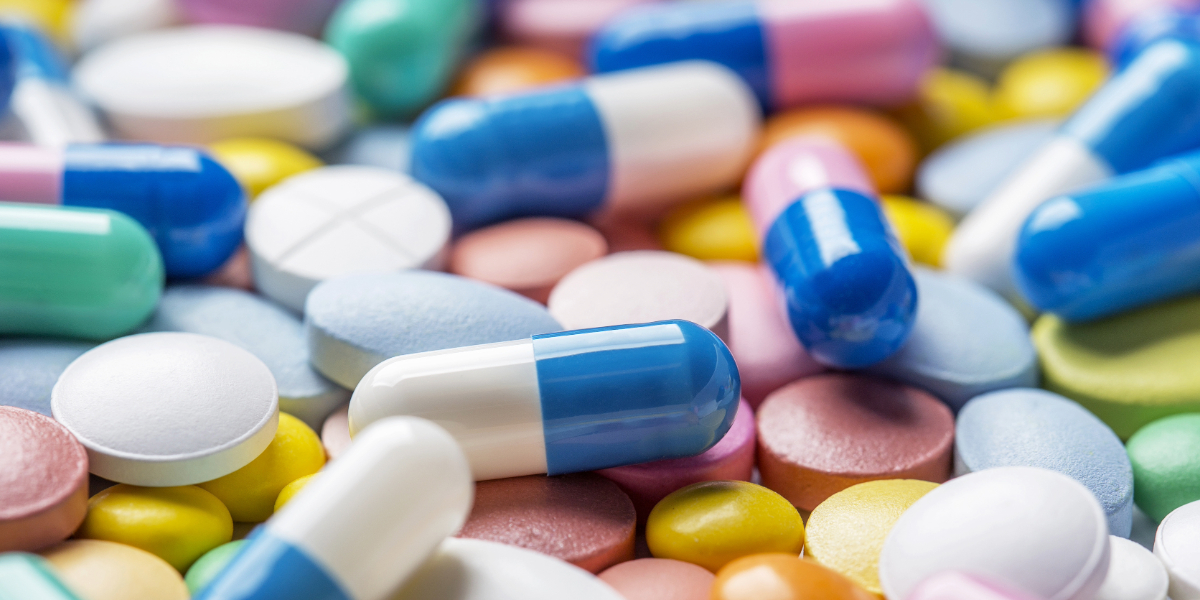There are moments in a publication like New England Times where you let a story go through to the keeper and run even though there’s something about it that makes you nervous.
That happened this week, when I told the team to put up the AAP story about the promised reduction of the copay cost for PBS medications to $25. I shouldn’t have let that story run as it was, although I thought the headline part was important.
What bothered me about the story was how what people pay at the pharmacy was being linked to US pharmaceutical companies lobbying.
Now, as a result of my work with Migraine Australia and lobbying very hard for migraine medications to be listed on the PBS, I know more about this than the average person, and I knew in my bones there was something wrong there. But it seemed to be an ‘also ran’ sidebar to the main story, so I let it through.
As the day wore on and the story developed, it became clear that this was a line the Government was pushing. That your PBS was being threatened by big pharma.
Nonsense. Absolute nonsense.
Firstly, The Pharmaceutical Research and Manufacturers of America (PhRMA), a peak lobby group representing US pharmaceutical companies, has written to every president whinging about the PBS. They whinge about every country with a national drug subsidisation program. Of course they want people to pay more for drugs, they’re a lobby group, that’s them doing their job.
Secondly, what you pay at the pharmacy has literally nothing to do with what the Government pays drug companies. The way the Pharmaceutical Benefits Scheme works is that the Government buys the drug in bulk, and then resells it to the patient (as long as they meet the usually strict criteria set for subsidised medication), giving the pharmacist a cut too on the way through called a dispensing fee. But the price is set based on what the Government thinks is affordable – not what the drug cost.
While most drugs are subsidised, a lot of them the Government is making money on. There’s plenty of prescriptions for very old, cheap generic medications on the PBS where you pay more than the Government pays. There’s also Risk Sharing Agreements and Rebates and a complicated web of secretive commercial arrangements that sees drug companies pay back money – around $5b a year – and sometimes even lose money on a particular drug. Which then results in the drug being withdrawn, and Australians being denied access to it entirely.
That label on the medication box that says the full price with some obscene figure? That’s Government propaganda to make you feel ‘grateful’ and ‘thankful’ for ‘our PBS’. It’s not reality.
This is not a partisan thing. This intentional deception is institutionalised, happens equally under both parties, driven largely by public servants in the Department of Health that measure their success on keeping the PBS bill down, rather than how many lives they have saved or changed by making the best possible drugs available and affordable for Australians.
I’ve personally been paying $695 every four weeks for over five years for a medication I cannot function without. It’s one of four non-PBS meds I currently use, making my medication bill alone – before I pay for anything else – over a grand each month. The supposedly wonderful system that is supposed to make sure that only those medications that are cost effective are subsidised found my main medication, Aimovig, to be clinically effective and cost effective in 2018, but it didn’t get listed on the PBS because there are too many people with migraine.
Years of lobbying, begging, pleading – both the government and the drug company – saw Aimovig finally recommended by the ‘independent’ Pharmaceutical Benefits Advisory Committee (PBAC) in November last year, but it is still not listed on the PBS.
And as the Government has already announced the medications that will be available from 1 May on the PBS, and my drug isn’t on the list, fair to say that the Government will not be giving migraine the break we have been calling for in this week’s budget. I’m stuck paying $695 every four weeks to be able to get out of bed at all.
And I’m not alone. In the Engage Poll on health run last year, we found one in three New Englanders is taking a medication not covered by the PBS. One in four is spending more than $100 a month on medications. The reduction in the PBS copay from $30 to $25 will not help them at all.
And remember, the ‘safety net’ doesn’t apply to non-PBS medications either.
The PBS has been a failed policy instrument for years. Medicine has moved on, but our system has not. I’ve been calling for a Royal Commission into the PBS since 2019 because I’ve watched too may people become disabled or die waiting for permission to have medications they would have had years ago in almost any other first world country.
And sick people shouldn’t have to lobby as hard as we do, as long as we do, to get effective, safe, and cost effective medication at an affordable price.
Got something on your mind? Go on then, engage. Submit your opinion piece, letter to the editor, or Quick Word now.


Another prescription that is not covered is for the skin cancer cream. At $65 a small tube, it is something many would have to really think about buying if it was a choice between that and food or rent etc . This cream seems to be the main treatment now so it should be on the PBS.